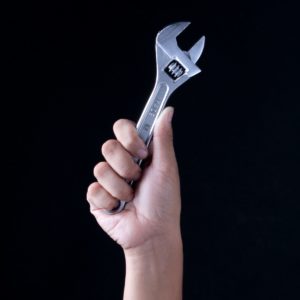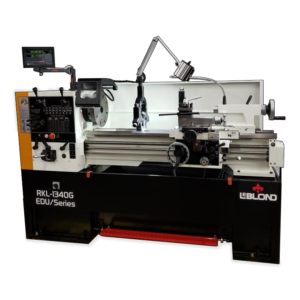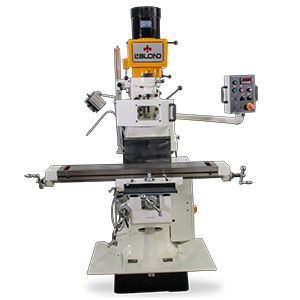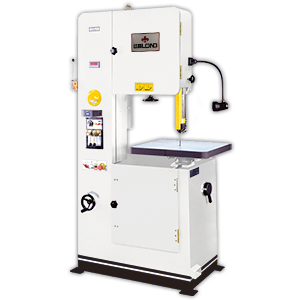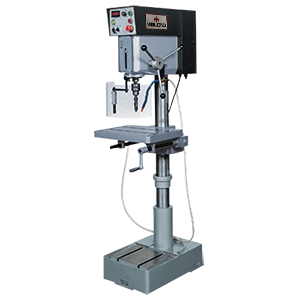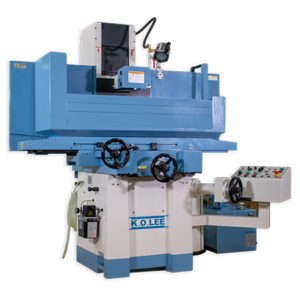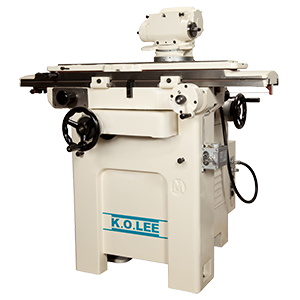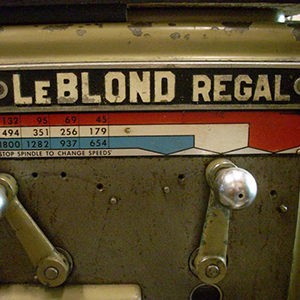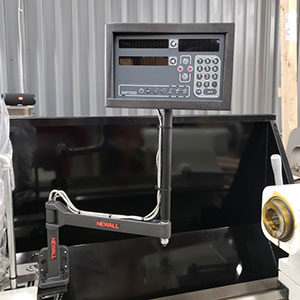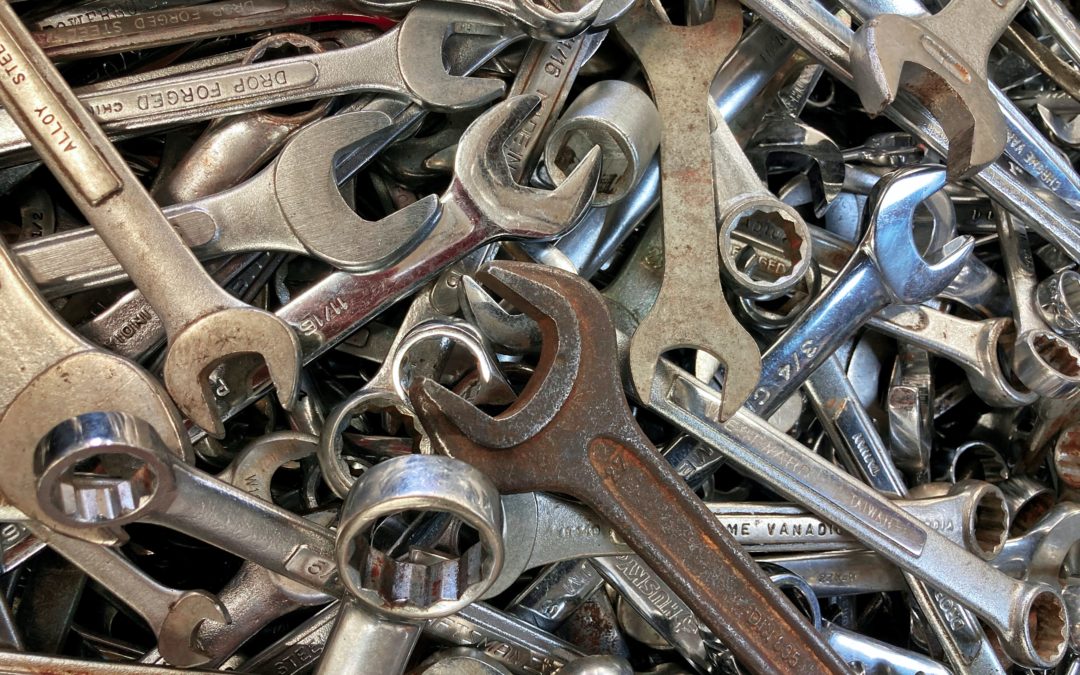Planning for maintenance and repair saves time & money
What comes to mind when you think about maintenance for your machine shop’s machines? Whether it happens to be a lathe, band saw, mill, grinder, drill press or other machine, maintenance and repair can be an interruption of business. Surely, you’re thinking about the costs for the downtime, the time the machine is out of operation, the workers who sit idle in addition to parts & labor for repair. But for the prepared, maintenance and parts repair can be a hassle-free and welcomed part of your operations.
Three Maintenance Types
Emergency Maintenance
This is typically a result of catastrophic failure to a machine or part. Usually, this happens when a machine is operated outside of normal manufacturer recommendations. Emergencies are a result of any improper use of the machine, lack of proper fluids, or machining outside the thresholds of standard use. These instances create unintended downtime.
This downtime is the most expensive because the most costs are associated with this type of maintenance.
- Depending on the catastrophic failure, you may need to replace small parts, large parts, systems or even the total machine. Let’s hope you only need to replace small parts. Tooling and other consumables can be stored on premises for quick replacement to get back up and running.
- Large parts and systems may require expert repair from the manufacturer. Downtime due to large part failure is not pretty since it will take time to acquire the parts and labor.
- If the large part or system failure impacted multiple areas of the machine a total machine replacement could be required. After professional assessment purchasing a new machine may be your only option after this failure occurs.
Ad Hoc or Reactive Maintenance
Some machines have failsafe features that indicate when certain replacements are required. Some machines report to the operator through PLC dashboards that measure a variety of performance indicators. Skilled operators know when to add lubrication or cutting oils, replace wear parts, and keep machining within manufacturer control limits. It is these types of maintenance that can be done on a daily basis either before a shift, at the end of the day or on the fly. Repairing parts as needed is part of standard operational costs.
Scheduled or Planned Maintenance
The most advanced form of maintenance, scheduling downtime to keep everything running properly extends the life of the machine. Continuous operation over multiple shifts per day can create strain on machines even run under normal conditions. Taking steps to plan for repairs will be welcomed by everyone from the operators to upper management. Get everyone on board for this type of maintenance is key for this to go smoothly. Consider the following tips to make the scheduled downtime process as easy as possible:
- Communicate to everyone involved well in advance. Find champions on your team to support the process.
- Understand the time needed to make all maintenance updates
- Prepare operators to increase parts output over enough time to meet monthly/project goals prior to any maintenance. A small increase over weeks is easier to meet than large quantities in a short timeframe
- Plan to have key personnel available to make necessary repairs and post repair QA analysis
While these four tips oversimplify the entire process, they can give a start to thinking about how to best prepare for planned maintenance to keep your shop humming smoothly.
Throughout any of the maintenance types you need to perform, stay in contact with your manufacturer’s rep to make sure parts repairs are performed to the highest standards.
Learn more about LeBlond Ltd.’s OEM parts and request a quote today.
